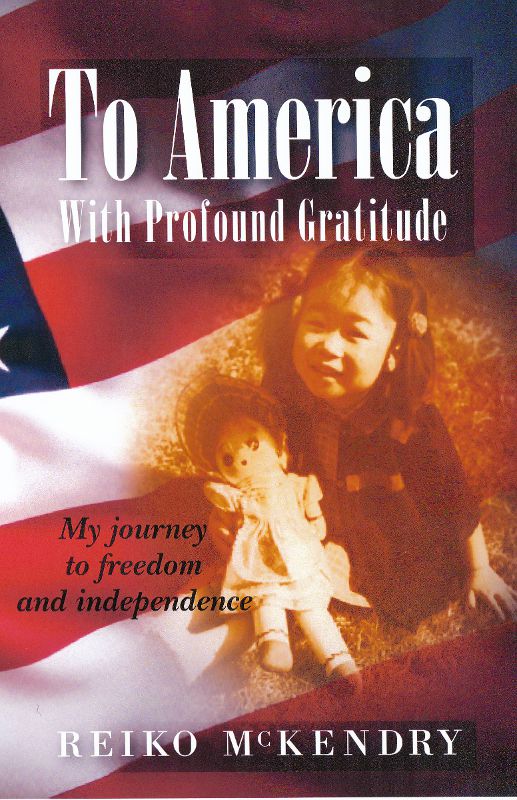It was in 2006 when we finally bit the bullet and bought our first rental property. Originally, we self-funded it through an LLC. No other party was involved in the purchase of the deal. Shortly thereafter, we refinanced it with Bank of America.
Fast forward to today, as we are trying to get the existing mortgage loan refinanced on this property, we hit a snag. The underwriter needed (1) proof of our LLC having been paid in full and (2) verification of how the loan amount increased from the pay-off amount to our LLC to the then-new loan with Bank of America.
We have a file on every property. So, I thought it would simply be a matter of looking for explanations in that file. I am embarrassed to say that I found nothing of value in it that would help provide either of the requested items. I blame it on my inexperience from back then that our file did not even contain the closing documents. Today, I consider this to be an inexcusable oversight on my part.
Making a long story short, Bank of America did have an archived document in the form of the HUD 1 Settlement Statement, which helped provide the requested items. Thank goodness!
The moral of the story is two-fold. First, when you are starting out, even if you don’t understand everything – as I didn’t back then – the settlement statement should have all necessary pieces of information for future reference when needed. That is THE most important document. Ask the title company for a PDF file, which you can keep readily available in cloud storage. Second, and perhaps more importantly, when self-funding a deal, make sure that its money trail is well-documented. If not, you may not be able to refinance the loan down the road.

